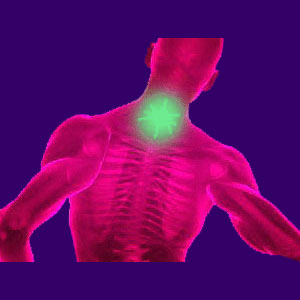
Understanding the actual verifiable scoliosis facts is crucial for any person who is diagnosed with abnormal side-to-side spinal curvature. As with many spinal abnormalities, scoliosis can be a terrific burden to bear, but is usually a completely asymptomatic and innocent structural irregularity in mild to moderate variations. Separating symptomatic scoliosis from the far more typical non-problematic types requires learning the intricacies of this sometimes scary spinal curvature syndrome. Being that some care providers may vilify the condition purely for financial gain, it is advised to research the diagnosis for yourself and always get at least one other professional medical opinion before seeking treatment.
This essay separates myth from verifiable truth when discussing scoliosis.
Scoliosis Facts and Myths
Most cases of scoliosis do not cause any pain or neurological problems whatsoever. Additionally, most cases do not require any medical treatment at all, although monitoring by a qualified physician is always a good idea.
Juvenile and adolescent scoliosis can create substantial fear in affected young people and the manner in which their condition is handled will have a direct effect on any spinal curvature symptoms which might become apparent in their futures.
The nocebo effect caused by a doctor’s poor bedside manner can have lifelong consequences when it comes to experiencing scoliosis back pain or neck pain. This I know from personal experience, since I was diagnosed by a callous opportunist at age 16.
Adult scoliosis is likewise a psychological concern when a diagnosed person is made to feel as if pain is imminent, when in fact, symptoms will rarely be present now or later.
Learning the Scoliosis Truths
If you are affected by scoliosis, or are the parent of a youngster with the condition, take the time to understand that most minor abnormal spinal curves will not become serious health concerns. Although scoliosis does have the potential to escalate into a fearsome condition, these instances are rare and usually present themselves rather quickly. The majority of people with mild to moderate curvatures will not progress to the point of requiring medical care for any dorsopathy conditions.
Make sure to talk to your doctor about your present condition, as well as your prognosis for the future, to learn what to expect from your particular curvature as you get older. If you get the impression that a care provider is taking the opportunity to scare you into becoming a long-term “customer”, you might consider going elsewhere for more enlightened treatment.
As mentioned earlier, a second or third opinion can never hurt and might just save you from a world of unnecessary pain.
Personal Scoliosis Facts
I was diagnosed with scoliosis as my very first spinal abnormality as a teenager. The psychological tactics used by my chiropractor was horrific and cruel. He had me so frightened of my condition and really truly made me believe that my spinal curvature would spell disaster for me later in my life. I felt like prematurely damaged goods. This allowed him to keep me in care for many years, while my chronic lumbar back pain got worse by the day.
Later on, I discovered from many other doctors that my spinal curvature was so mild; they would not even consider it scoliosis. All this fear and worry for nothing, thanks to this doctor who either was truly clueless or simply out for his own financial gain, at the expense of my physical and mental health.
Well, this early negative experience certainly set the tone for the next 18 years of protracted suffering on my part, since I already believed that my back was irreparably injured. It is a real miracle that I managed to eventually find relief; no thanks to this first greedy chiropractor!




